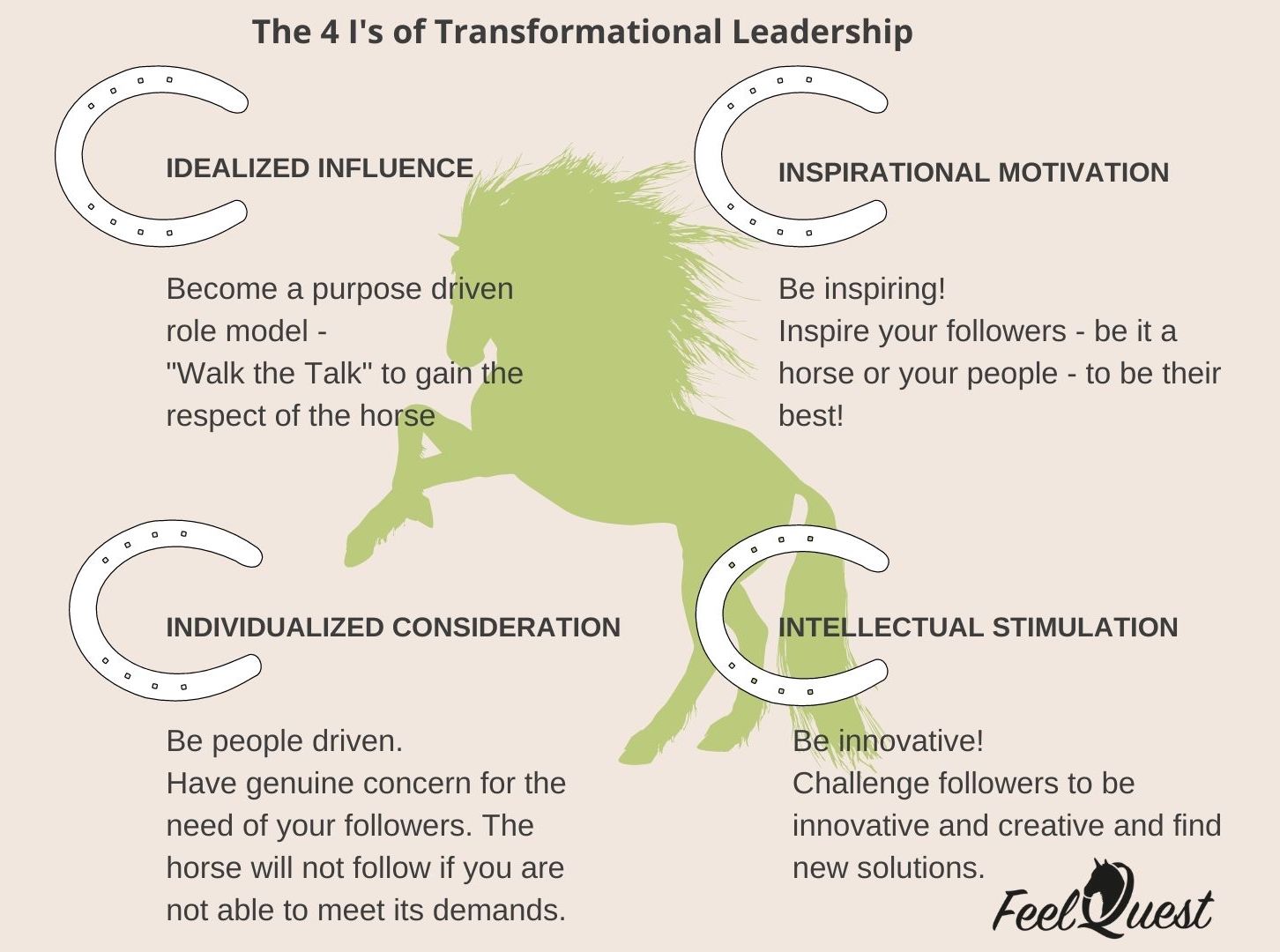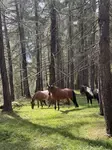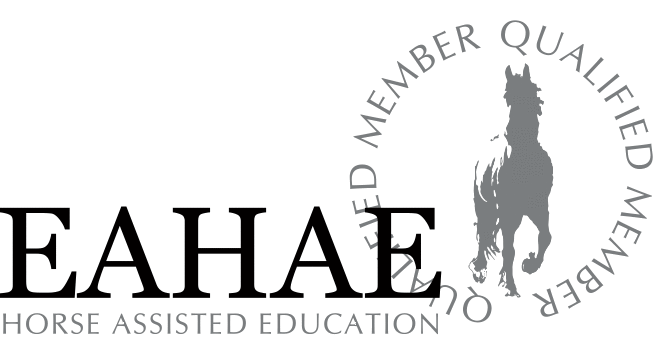How to apply transformational leadership using horses
A transformational leadership training - why with horses, you may ask?
Let's look at some of the points why this innovative outdoor training can be an effective, results oriented method to build influential leaders in your company, capable to adapt to change and lead multicultural teams.
Transformational leadership theory
Organizations are dynamic entities, especially in the United Arab Emirates where changes are constant and rapid, and companies have to adapt to continuous development.
As such, these entities require leadership capable of managing transformations.
James MacGregor Burns (1978) first introduced the concept of transforming leadership, which was later extended by Bernard M. Bass, who also changed the name to "transformational leadership".
In short, the concept says that followers of a transformational leader feel trust, admiration, loyalty and respect for the leader and therefore are willing to work harder than originally expected.
Transformational leaders generally tend to show four main characteristics.
Keep in mind though that these are not just personality traits - becoming a transformational leader is about developing behaviors, strategies and actions, all grounded in leadership theory.

Transformational leader
offers followers something more than just working for self gain.
He or she provides followers with an inspiring mission
and vision and gives them an identity.
The leader transforms and motivates followers through his or her idealized
influence (earlier referred to as charisma), intellectual stimulation and individual consideration. In addition, this
leader encourages followers to come up with new and unique ways to challenge the status quo and to alter the
environment to support being successful.
These 4 "I"s - Idealized influence, inspirational motivation, intellectual stimulation and individual consideration - are nowadays known as the four elements of transformational leadership.
And all 4 are required when we want to lead a horse:
How to apply transformational leadership when leading a horse
As you can see in the above graphic:
- Idealized influence - we need to gain the respect as well as the trust of a horse if we want it to follow us without force - in any case, a horse is just too heavy for us to force it to do anything. So in our horse assisted trainings, we focus a lot on exactly this point - being someone trustworthy and respected. These traits cannot simply learned from a book - they have to come from within us, and the horses will highlight when we have found them, as they will decide when to follow us.
- Inspirational motivation - for a horse to stop grazing and come with you - you need to give it a good reason!
You have to motivate it and give it good reasons why it should collaborate with you.
A carrot might work in the short run - but is that truly a long term solution?
We ask our participants to find better reasons and be inspirational so the horse will freely decide to join them!
Just like your team... - Individualized consideration - Transformational leaders do not dictate ideas from a bubble and then leave it to employees to carry them out.
They are concerned with the professional development of employees and foster positive relationships with them.
This involves keeping lines of communication open, attending to the individual needs of employees, mentoring them and recognizing each person’s unique contributions.
This is exactly what we do in our trainings with the horses. After the initial meet and greet, participants quickly understand that each horse is different, and we need to adapt our strategy for each horse. Also, because the horses re-evaluate us at any given moment, we need to always stay attentive too. If we celebrate success too quickly, we may loose the motivation of the horse half way. - Intellectual stimulation - removing the “fear factor” from work, empowering employees to constantly be learning and looking for and acting upon opportunities.
Again, this is what we practice with the horses in the workshop.
As prey animals, horses may quickly get overwhelmed or panic - we need to remain calm and give them a sense of security, yet also keep them engaged and focused throughout the task.
Engage your team
If you would like to work with your leadership team on these strategies, and are interested in fostering a company culture that is based on the 4 I's, contact me for a non-binding conversation!
We can meet at the stable or have a phone call and discuss the objectives for your team, and assess if this is the right experiential training for your needs!
I look forward to hearing from you!
Newsletter subscription
Sign up to my newsletter to stay up to date with upcoming courses, new information added to the website, and more news related to horse guided education in the UAE.






